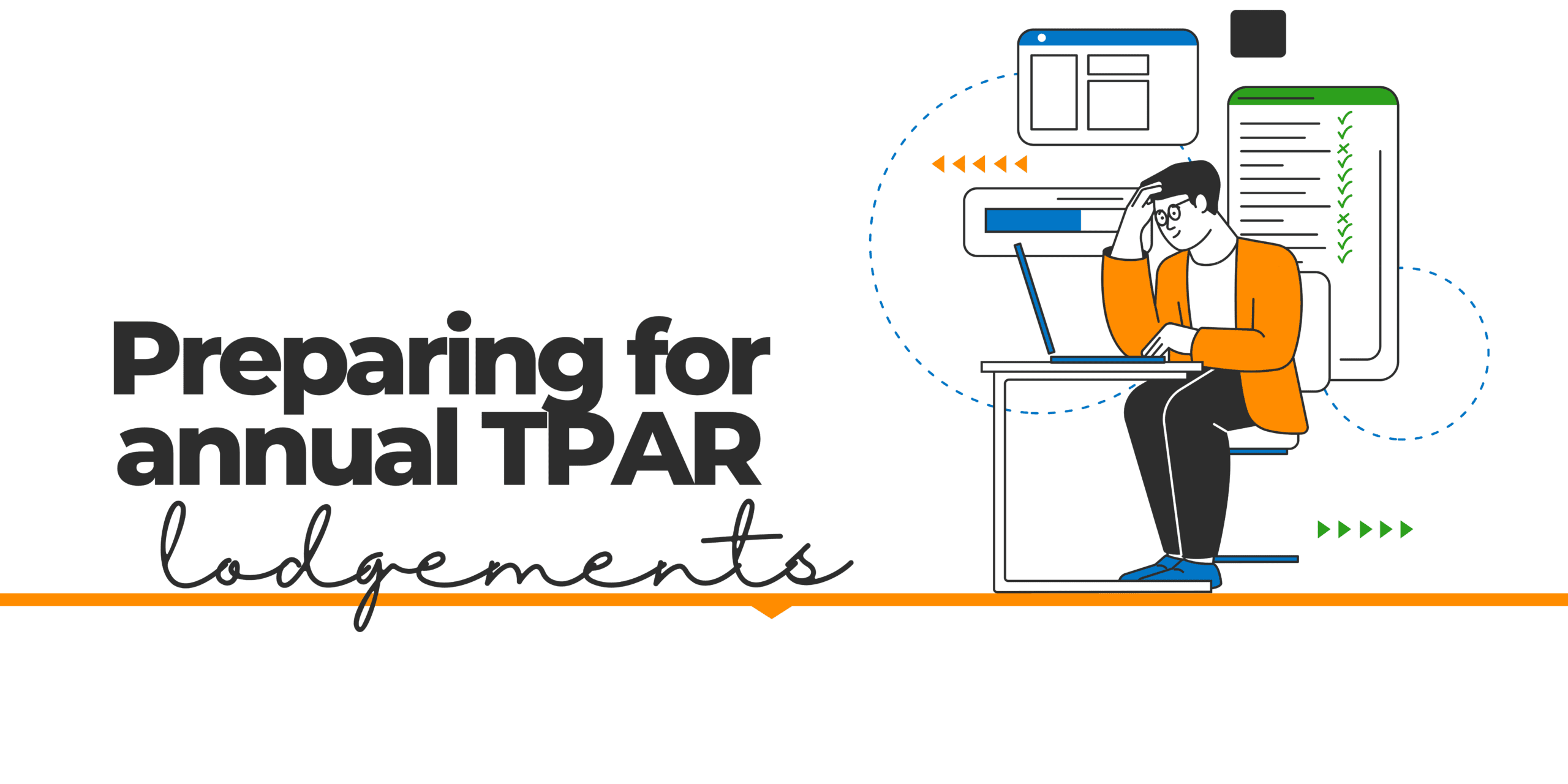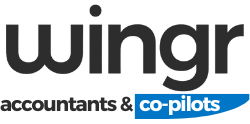

If your business uses contractors, you may need to lodge a TPAR each year.
TPAR lodgements, or Taxable Payments Annual Reporting, is designed to help the ATO match income declared by contractors with payments they receive.
TPAR is due on 28 August each year and is required for businesses in certain industries (e.g. building & construction, cleaning, couriers, IT, security, road freight) that pay contractors. You need to report the total paid to each contractor for in-scope services, including GST, but employee wages, supplies-only purchases, and private/domestic services are not reported.
For many small businesses, the hardest part of TPAR isn’t the lodgement itself — it’s sorting out the records to get the right totals. Here’s what you need to know, and the best bookkeeping practices to make TPAR season stress-free.

There are some specific rules around who has to report under TPAR.
It’s important to note that TPAR is generally a self-reporting function – the ATO won’t necessarily know if you need to lodge, and it will be up to you to determine if you meet the criteria and then voluntarily submit by the due date.
If you fall into any of the following categories then you need to report under TPAR…
You are in the building and construction industry and you pay contractors for construction services. Keep in mind there is no turnover threshold for this industry – all businesses in this industry must report.
Your business earns revenue from any of the following Taxable Payments Reportable Services (TPRS) and payments you receive from these services are 10% or more of your GST turnover:
– Cleaning services
– Courier services
– Road freight services
– Information technology (IT) services
– Security, investigation or surveillance services
Note: in the above industries, you only report the payments made to contractors for the in-scope services. Employee wages and non-related services are excluded.

Good recordkeeping through the year will make TPAR reporting a breeze.
By understanding what you need to report you can be more organised when allocating your contractor payments during the financial year. If you’re not sure where to start, the following tips should make this a lot easier.
Always record contractors as “Contacts” in your accounting software. Create a supplier profile for every contractor and add their ABN, business name, and address details. Ensure you allocate all their payments to the correct contact as this allows the year-end contractor totals to be pulled straight from the standard reports.
💡Hint: In Xero or QuickBooks add the contact to your TPAR supplier list.
Allocate expenses to the correct expense category. Use separate account categories that match the service type (e.g. Cleaning, Building Repairs, Courier). Don’t lump everything into “Contractor Expenses” — it will make splitting reportable vs. non-reportable harder.
💡 If a supplier provides multiple services (e.g. cleaning + management), separate them into different account codes at the time of entry.
Attach invoices and receipts. Save the PDF or scanned invoice to each transaction in your accounting software (eg Xero or QuickBooks) or store in your file system (eg Hubdoc or Dext). This makes it easier to check later if you need to confirm details
💡This is also very helpful if your accountant needs to confirm GST amounts or other details when preparing your lodgement.
Check ABNs and GST registration. Use the ATO ABN Lookup to verify each contractor’s ABN and GST status when doing the allocations. Record this in their contact record — it helps with BAS accuracy as well as TPAR lodgement.
💡 Don’t forget, if a contractor doesn’t provide an ABN, you may need to withhold PAYG withholding at 47% & this also gets reported on the TPAR.
Reconcile bank transactions promptly before you forget what it is for. Avoid categorising expenses without allocating to a contact, as these won’t appear in your TPAR reports. Also, ensure that you split payments that are non-reportable at the time of allocation.
💡Avoid bulk allocations where expenses are not assigned to a contact and take care to select the right expense categories.
Run contractor reports quarterly. At least once a quarter, run a report of payments by supplier to confirm that all contractors are being captured correctly. Also good to check that GST is applied consistently and fix if needed, This avoids a big clean-up in July/August.
💡Regular reviews will save time later and will help identify any potential issues early – avoid that last minute stress!
TPAR reporting is much simpler if you set things up correctly during the year.
In summary…
➡️ Record every contractor as a contact with ABN details
➡️ Allocate payments to the right account code/category
➡️ Attach invoices and reconcile regularly
➡️ Run contractor payment reports quarterly to ensure you have all the correct details
With these steps, your TPAR lodgement becomes a click-and-check exercise, not a last-minute scramble.
